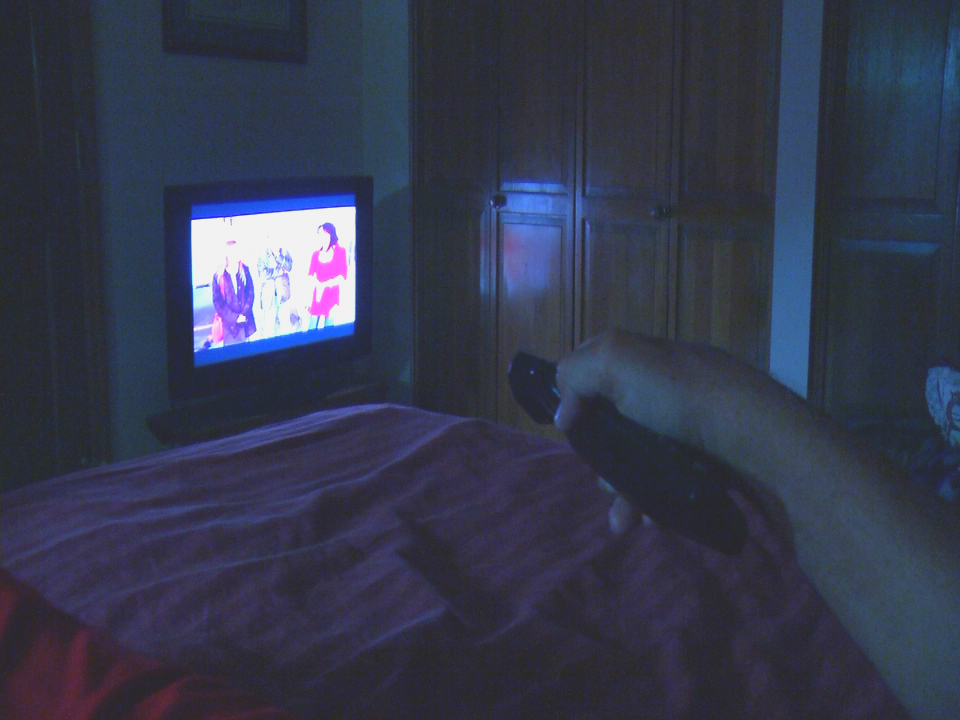July 15, 2013

COLUMBUS, Ohio – New research suggests the estimated 12 million Americans who have obstructive sleep apnea should take better care to sleep in a very dark room. Scientists at The Ohio State University Wexner Medical Center have found exposure to dim light at night can interact with sleep apnea and lead to increased levels of depression and anxiety in mice.
“Although it is unclear at the present time whether sleep apnea causes depression, both conditions are commonly seen together in patients. Our research suggests that sleeping even with a minimum amount of light may increase symptoms of depression in those with sleep apnea,” said Dr. Ulysses Magalang, director of Ohio State’s Sleep Disorders Center and a co-author of the study.
Results of the research were recently published online by the American Journal of Physiology – Regulatory Integrative and Comparative Physiology.
The study involved mice that were placed in sleep apnea-like conditions that mimic the repetitive lowering of oxygen levels that sleep apnea patients experience. Half were kept in normal lighting conditions during the day and total darkness at night. The other half was exposed to dim light at night using a 40-watt light bulb in the lab. The group in dim light had higher anxiety behaviors and more depressive behaviors than the mice kept in the dark environment. Scientists also observed impaired learning and memory among both sets of mice.
“Not only were these changes observed during field and maze tests, but we also recorded physical changes, including a reduction of cell size in the hippocampus, an area of the brain important in memory and spatial navigation,” said Taryn Aubrecht, first author of the study and a neuroscience graduate student at Ohio State.
“The combination of dim light exposure and sleep apnea appears to result in increased depressive and anxiety-like behaviors in mice, so limiting exposure to light at night could be a very simple strategy to help patients with sleep apnea,” Magalang said. “We’re currently exploring further human testing.”
Obstructive sleep apnea is a common problem, especially among smokers and people who are overweight. The disorder is linked to high blood pressure, diabetes and higher risk of stroke and heart failure. The most common signs include loud snoring, daytime sleepiness, irritability and memory problems.
 Magalang offers these suggestions for improving sleep and reducing dim light exposure at night:
Magalang offers these suggestions for improving sleep and reducing dim light exposure at night:
- Use room-darkening drapes or shades on windows to block outside light from traffic, streetlights and neighboring buildings.
- Turn off the television, computer or other electronic devices before going to sleep.
- Choose clocks or night lights with red lighting instead of blue or green.
###
High-quality video and photos are available at: http://bit.ly/12pHkMH
Contact: Marti Leitch, Medical Center Public Affairs and Media Relations, 614-293-3737 or Marti.Leitch@osumc.edu

